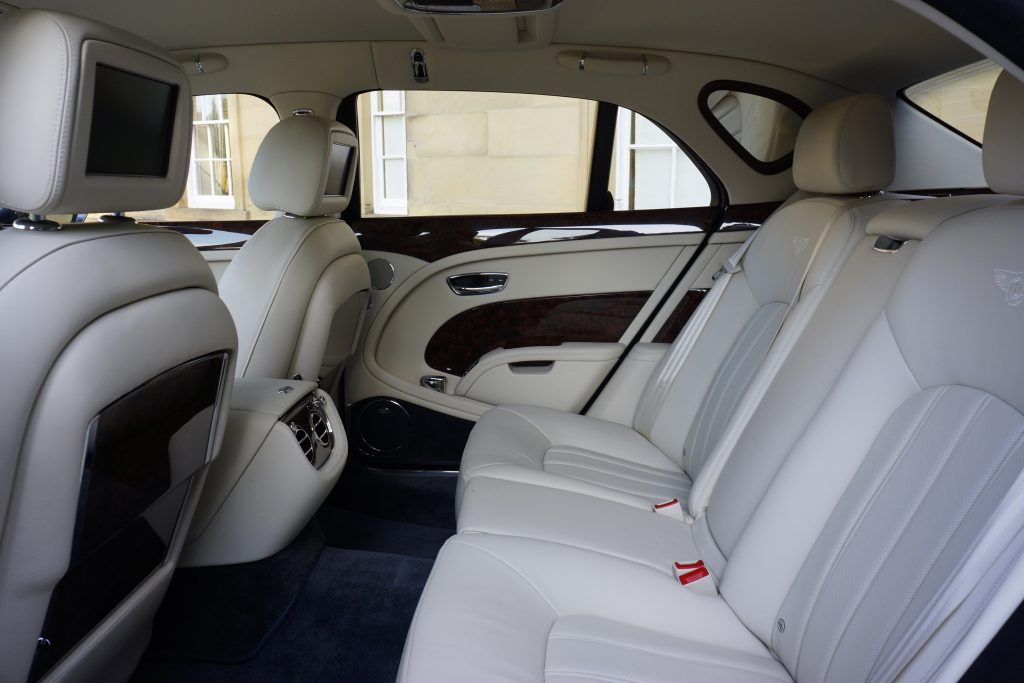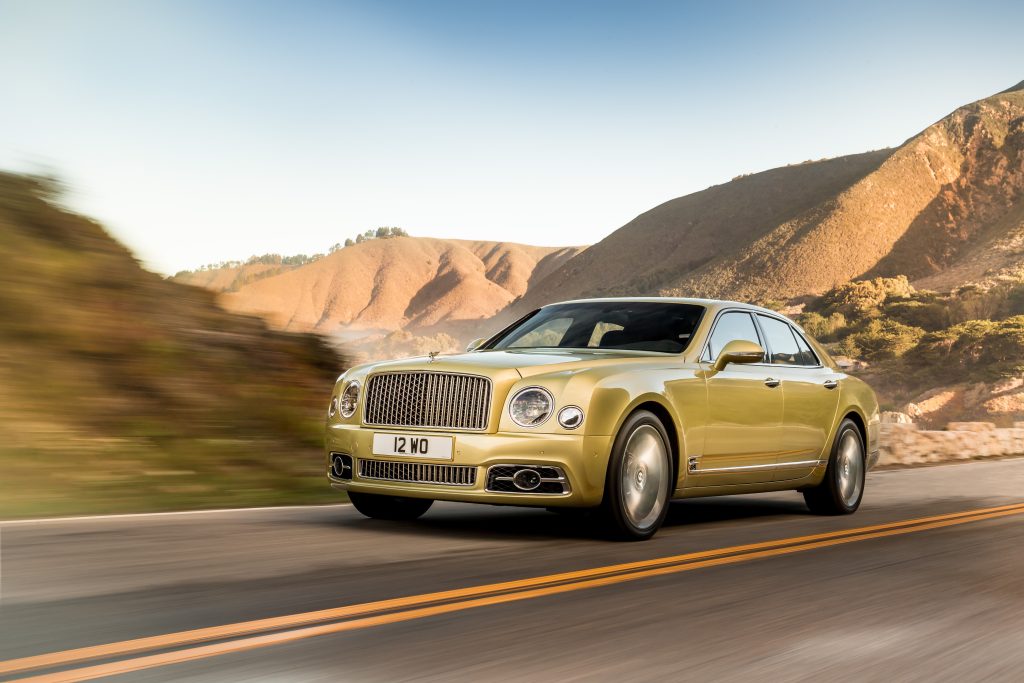The death of Bentley’s luxurious saloon, the Mulsanne, in 2020 signified the end of an era in more ways than one. Most obviously a model line was coming to an end and, to date, there is much rumour but no official news as to when or, indeed, if it might be replaced.
But so too did it signify the passing, for now at least, of the big Bentley, a breed of full-size, luxury cars going back almost to the company’s very beginnings. Look at the Speed Six saloon from 1929 and you’ll see in an instant where the origins of the Mulsanne DNA lie. Both cars offered not just the very pinnacle of opulence and comfort, but unlike the Rolls-Royces they rivalled, both were firmly aimed at the enthusiast driver, as likely to want to sit in the seat with the steering wheel as those with the picnic trays.

Yet something else died with the Mulsanne too, something that had been part of Bentley since the 1950s, something that had come to be seen as indivisible from the brand: its enduring 6.75-litre V8 engine.
First used by Bentley (albeit in 6.3-litre capacity) under the bonnet of the 1959 S2, this Rolls-Royce-designed (many assume that, like Rover’s contemporary V8 it was an American design merely adapted by Rolls-Royce; it wasn’t), aluminium V8 was the engine that, once turbocharged and fitted under the bonnet of the original Mulsanne Turbo, gave Bentley back its identity.
With this motor Bentley was transformed from a near moribund state making tiny quantities of badge engineered Rolls-Royces (about four per cent of production in 1980) to a once again proud and successful marque sufficiently coveted for Volkswagen in 1998 to want to add it to their rapidly expanding portfolio of brands.

Ironically, then, it was this engine that finally caused the demise of the last Mulsanne. Bentley engineers knew that even if were possible to modify the motor sufficiently to get through the next round of emissions legislation, the cost of doing so was out of all proportion to the likely returns of keeping such an elderly engine alive a little longer. Nor could the cost of completely re-engineering the Mulsanne to take another engine for which it was never designed be contemplated. So car and engine went down together.
If I’m honest, I wasn’t an enormous fan of the Mulsanne when it first appeared in 2010. To me it seemed to lack the visual elegance of the Arnage it replaced and the ride seemed rather stiff for such an overtly luxurious car. But it turned out to be like a new set of brogues: the more time you spent in its company, the better it felt. The looks really grew on me, to the extent that now I struggle to see why I had such a problem with it, while year-on-year upgrades and improvements soon meant it drove as a Bentley flagship should.
Was I bothered that it was never as fast as the lighter, more powerful and considerably cheaper Flying Spur? Not for a moment: if ever there was a car in which how fast it went was as nothing compared to how it went fast, this, emphatically, was it.





What mattered far, far more, was the sense of occasion that came even when merely walking towards it, its big, chunky key in your hand. The door swung lazily through its arc, like that of a vault easing open, to reveal an interior that could only have been created by serried ranks of craftsmen and women, some sat at sewing machines, others with pencils behind their ears lovingly fashioning ancient timbers into impeccably matched slabs with which to line the interior. And with apologies to anyone who now owns a Mulsanne I may have driven, I always drove them in my socks, the redundant foot (or feet when the cruise was on) sunk into the far recesses of the lambswool carpets.
Push, prod and poke hard enough in sufficiently faraway places and even in most luxury cars, you’ll find the parts the manufacturer reckons you’ll never see or feel so can therefore afford to make them out of cheap plastic. It never happened in a Mulsanne and, believe me, I tried. This, to me, is what a Bentley is. Or at least should always be.
That and, of course, the engine. The Mulsanne was never the most powerful Bentley, but when it went on sale in 2015, the Mulsanne Speed (pictured below) had more torque than any other car in the world. I used to see how fast I could drive it without ever doing more than 2000rpm, and the answer was faster than anything else you’d likely chance across. It had so much torque at times I thought it would be rather elegant to dispense with the gearbox altogether. I’ve never felt that about another car.




Which is why I love the Mulsanne and regard the £60,000 price of early cars as something of a bargain. Yes, the servicing costs will be strong to say the least, and if you get a big bill you have my sympathies, but such is the cost of owning one of the greatest, most characterful cars not simply made in Britain in the 21st century, but in any country at any time.
Read more
Gentlemen prefer Turbos
Future Classic: Bentley Continental GT
Boosted Bentley heritage collection heads to Goodwood








As an owner, I can confirm the joy of ownership just grows.
I’ve got an Arnage but this article’s got me thinking 🤔……..